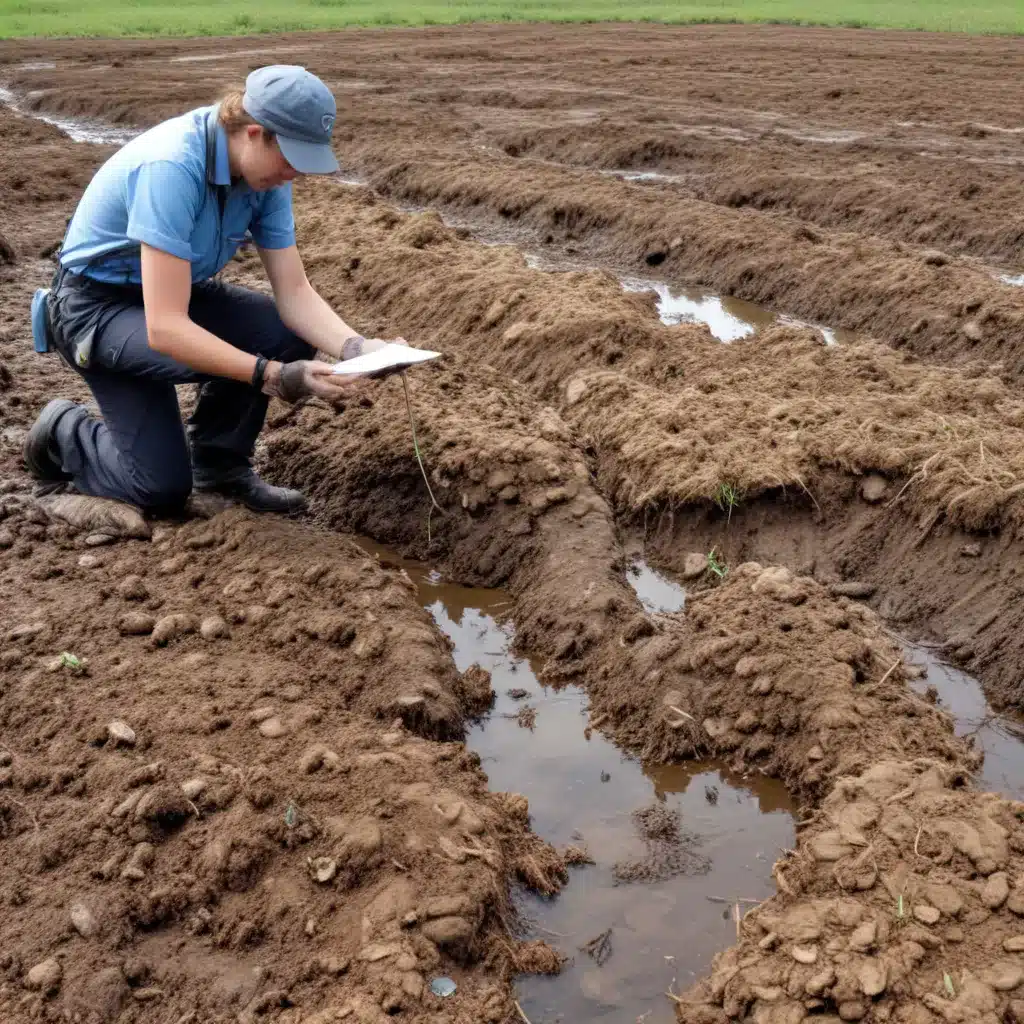
The Global Burden of Soil-Transmitted Helminths
Soil-transmitted helminth (STH) infections are among the most common parasitic diseases worldwide, affecting an estimated 1.5 billion people or 24% of the global population. These neglected tropical diseases primarily impact the poorest and most deprived communities, where access to clean water, sanitation, and hygiene (WASH) is limited. The main STH species that infect humans are the roundworm (Ascaris lumbricoides), the whipworm (Trichuris trichiura), and the hookworms (Necator americanus and Ancylostoma duodenale).
STH infections are transmitted through eggs present in human feces, which contaminate the soil in areas with poor sanitation. People become infected by ingesting the eggs or through skin penetration by hookworm larvae. These parasitic worms can cause a range of morbidities, including intestinal manifestations, malnutrition, impaired growth, and reduced physical and cognitive development, especially in children.
In addition to the more common STH infections, Strongyloides stercoralis is another soil-transmitted helminth that poses a significant public health concern. This parasite has unique characteristics, requiring different diagnostic methods and treatment approaches compared to other STHs. S. stercoralis infections can lead to dermatological and gastrointestinal symptoms, as well as the potentially fatal hyperinfection syndrome in immunocompromised individuals.
The Need for Comprehensive Surveillance and Monitoring
Effective control and elimination of STH and other parasitic infections require robust surveillance and monitoring systems. Environmental surveillance, in particular, plays a crucial role in understanding the prevalence, transmission dynamics, and risk factors associated with these diseases.
Surveillance Strategies in the Southeastern United States
Recent reports of suspected locally acquired cases of strongyloidiasis and hookworm infection in Alabama have prompted a parallel surveillance program in high-risk counties of Mississippi. Researchers conducted a cross-sectional study in Rankin County, Mississippi, a region with a history of high hookworm prevalence during the early 20th century.
The study team collected stool specimens from 277 children and subjected them to a comprehensive array of diagnostic tests, including Kato-Katz microscopic analysis, agar plate culture, and quantitative PCR (qPCR) for the detection of STH species. The findings revealed the absence of any soil-transmitted helminths among the children surveyed, suggesting that continued transmission of these parasites may not be occurring in this high-risk county.
Key Takeaways:
– Despite the historical prevalence of hookworm in Rankin County, the recent surveillance study found no evidence of soil-transmitted helminth infections among the participating children.
– The researchers noted that the survey design may have failed to capture accurate data on sanitation and hygiene practices, as some respondents may have been hesitant to disclose substandard conditions due to stigma or fear of consequences.
– The laboratory findings are consistent with previous surveillance efforts in the Mississippi Delta and postdiagnostic specimens, which have not detected human hookworm, Ascaris, or Trichuris infections.
Integrating Surveillance into Comprehensive WASH Programs
While the Rankin County study suggests a potential reduction in STH transmission, the researchers acknowledge the need for further surveillance in other high-risk counties of Mississippi. Ongoing monitoring and environmental surveillance are crucial to understand the true burden of these parasitic infections and to guide targeted interventions.
Strengthening Community Engagement and Advocacy
Effective surveillance and control of STH and other parasitic diseases require active community engagement and advocacy. By partnering with local communities, public health authorities can:
-
Raise Awareness: Educate communities about the transmission, symptoms, and impacts of STH and other parasitic infections. Emphasize the importance of WASH practices in breaking the cycle of transmission.
-
Facilitate Access to Diagnosis and Treatment: Ensure that communities have access to reliable diagnostic services and appropriate treatment options, especially for vulnerable populations like children and pregnant women.
-
Advocate for Improved WASH Infrastructure: Work with local governments and stakeholders to prioritize investments in safe water, sanitation, and hygiene facilities, particularly in underserved areas.
-
Promote Sustainable Behavior Change: Collaborate with community members to develop and implement culturally appropriate WASH behavior change strategies, addressing barriers and fostering long-term adoption of healthy practices.
-
Foster Multisectoral Partnerships: Engage with diverse stakeholders, including health, education, and environmental sectors, to coordinate and amplify efforts towards comprehensive STH control and elimination.
By integrating surveillance data with community-driven initiatives, public health authorities can develop targeted interventions that address the root causes of STH and other parasitic infections, ultimately improving the health and well-being of affected populations.
Advancing Towards the 2030 Global Targets
The World Health Organization (WHO) has set ambitious global targets for the control and elimination of soil-transmitted helminthiases by 2030. These include reducing the proportion of the population requiring treatment for STH by at least 75%, eliminating STH as a public health problem in children, and integrating STH control into primary health care systems.
To achieve these goals, WHO recommends a multi-pronged approach, including:
- Scaling up preventive chemotherapy (deworming) coverage to reach at-least 75% of the population at risk
- Improving access to WASH services, especially in the most deprived communities
- Integrating STH control into primary health care and school health programs
- Strengthening monitoring and evaluation systems to assess the impact of interventions
By fostering collaborative efforts between public health authorities, community stakeholders, and global partners, the burden of soil-transmitted helminths and other parasitic infections can be significantly reduced, contributing to improved health, nutrition, and overall development outcomes.
Conclusion
Environmental surveillance of soil-transmitted helminths and other parasitic infections is a critical component of comprehensive WASH programs. The findings from the Rankin County study, along with previous surveillance efforts in Mississippi, suggest a potential reduction in STH transmission in the region. However, continued monitoring and community-driven initiatives are necessary to sustain these gains and progress towards the 2030 global targets for STH control and elimination.
By leveraging surveillance data to guide targeted interventions, engaging with local communities, and advocating for improved WASH infrastructure, public health authorities can play a pivotal role in reducing the burden of these neglected tropical diseases and enhancing the overall health and well-being of affected populations.

